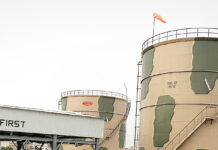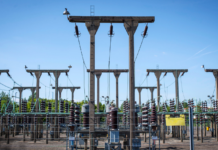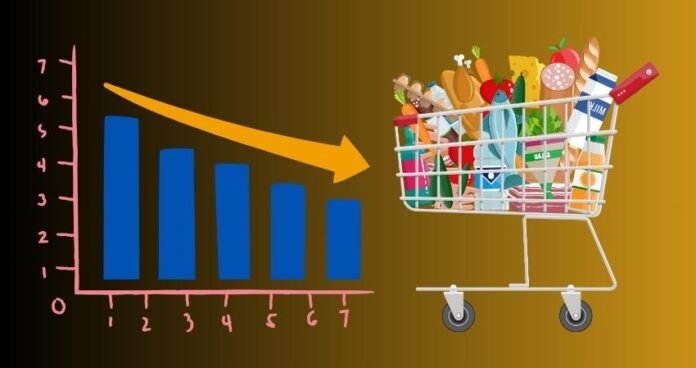Pakistan’s Consumer Price Index (CPI) for April 2025 is expected to bottom out and clock in below 0.50% year-on-year (YoY). The inflation is expected to remain in the range of 0.05% to 0.5% YoY and -0.8% month-on-month (MoM), taking the average inflation to 4.87% in the first ten months of the ongoing FY 2024-25 compared to 26.22% during the previous year.
According to a report by Topline Securities, inflation is expected to be lower due to a significant fall in food and electricity prices.
During April 2025, food inflation is expected to decrease by 3.32% MoM, mainly due to the 25% decrease in fresh fruit prices, 21% decrease in tomatoes and onion prices, and 19% decrease in prices of eggs. While prices of milk, meat, spices, and pulses are expected to rise by merely 0.2% on average.
Housing, water, electricity, and gas segments are expected to fall 0.02% MoM due to a decrease in electricity by 6.8%, and a 0.5% decrease in solid fuel (wood) prices. However, this negative impact is likely to be offset by a 1.8% increase in rent. The overall impact on electricity prices is expected to be influenced by -Rs1.36 per kWh fuel cost adjustments, -Rs1.9 quarterly tariff adjustments (QTA), and -Rs1.71 petroleum development levy incentives.
According to the brokerage report, the transport segment is expected to witness a fall of 0.12% MoM on the back of a 0.4% fall in fuel prices.
With inflationary pressures subsiding, Topline Securities has revised its inflation forecast for the full fiscal year 2024-25, lowering it from the previous estimate of 5-6% to a range of 4.5-5.5%. The updated forecast reflects a drop in electricity prices, oil prices, and food costs.
Real interest rates for April 2025 are expected to surge to 1200 basis points, significantly higher than Pakistan’s historical average of 200-300 basis points.
Fitch Ratings, in its recent note, predicted Pakistan’s inflation to average 5% in FY25, before rising to 8% in FY26.
According to Topline Securities, key risks to the inflation outlook include fluctuations in commodity prices, particularly oil, which could alter the country’s inflation trajectory.
























